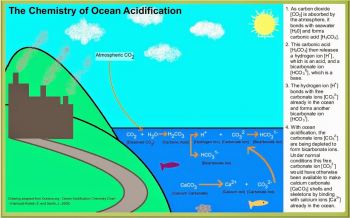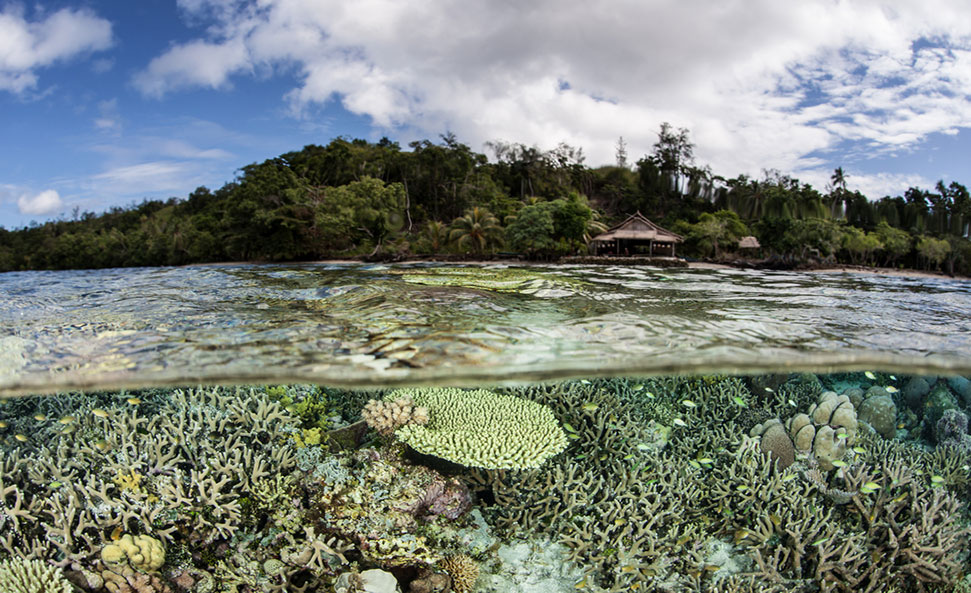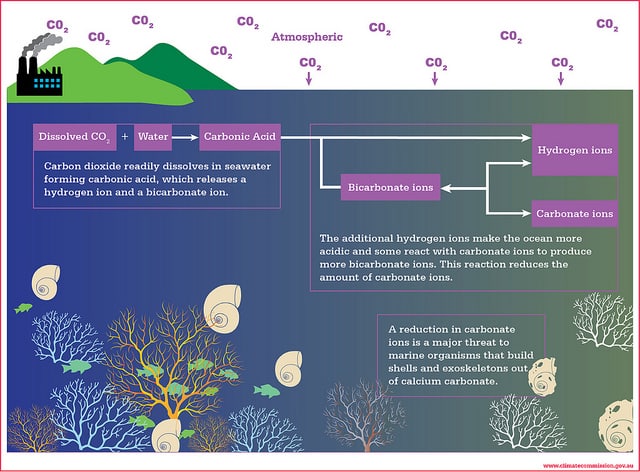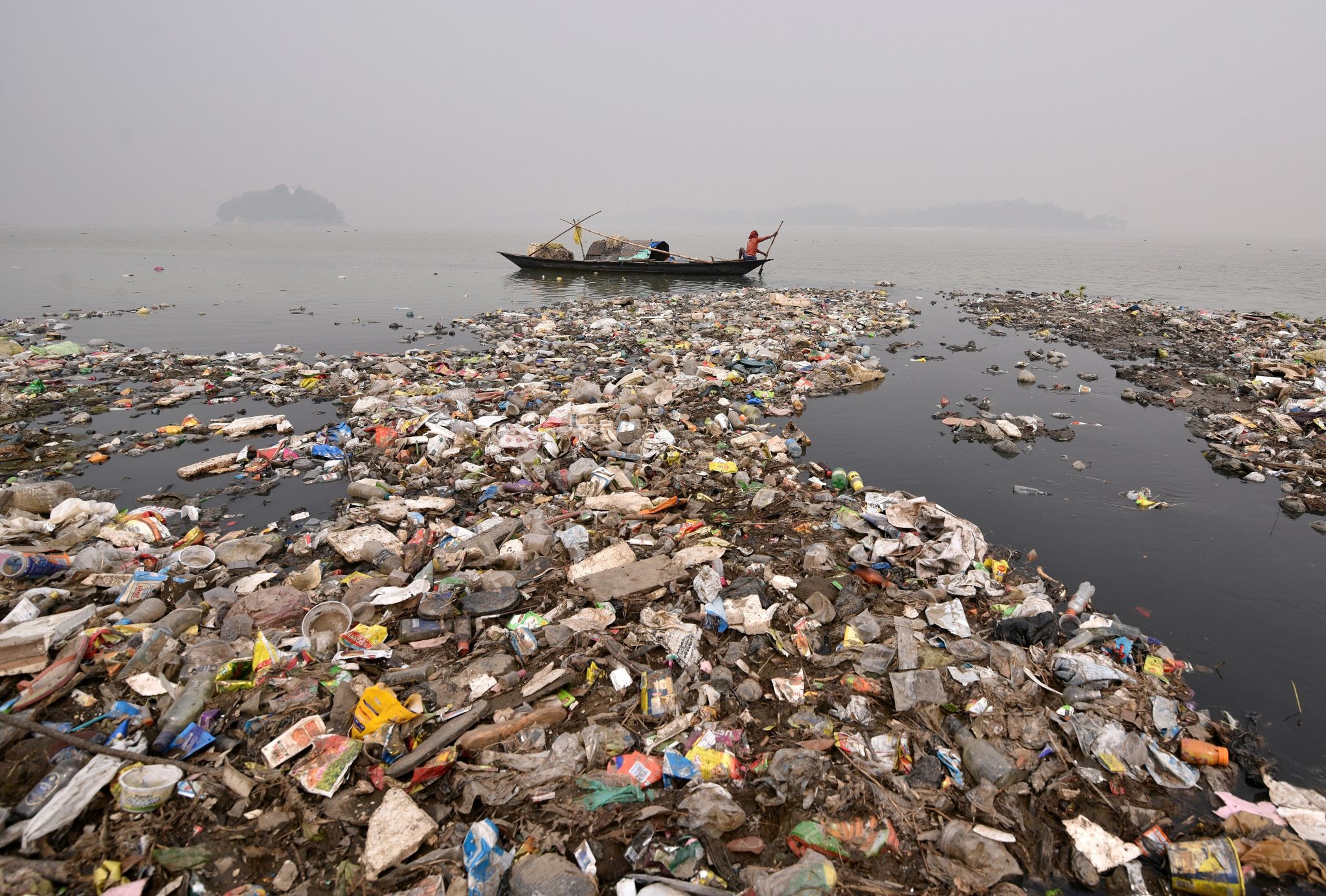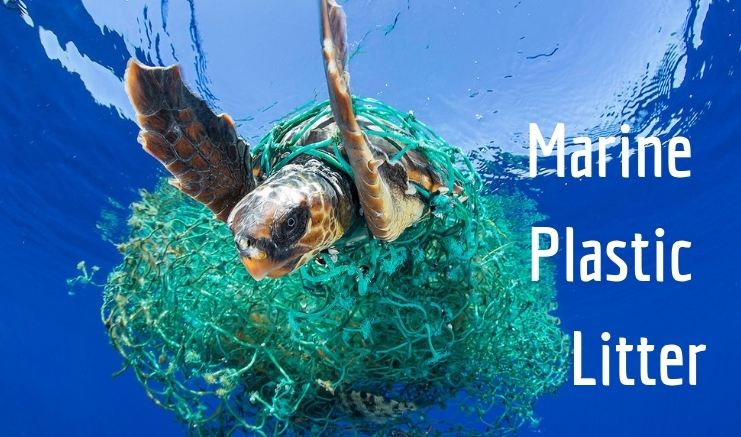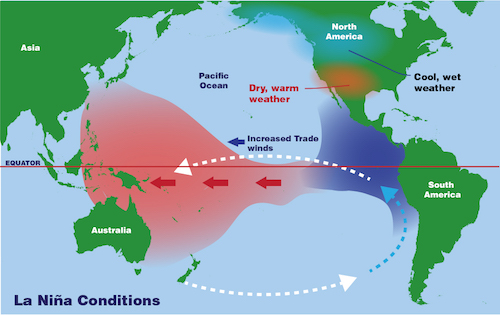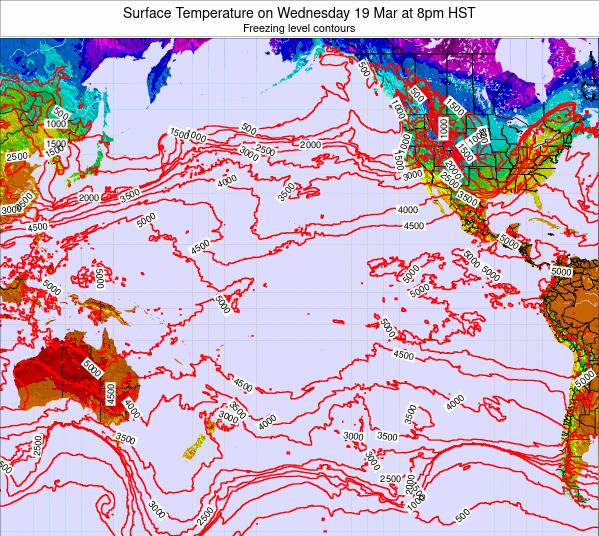21592402001001 Omega Seamaster Planet Ocean 600M Co-Axial Master Chronometer Watch - 395 mm Black Ceramic Case - Unidirectional Bezel - Black Ceramic Dial - Quilted Black Rubber Strap. For the best experience on our site be sure to turn on Javascript in your browser.
 Study With Omega Seamaster Planet Ocean 600m Verson The Best Swiss Watch Fix Repair Maintenance Care Tips Online
Study With Omega Seamaster Planet Ocean 600m Verson The Best Swiss Watch Fix Repair Maintenance Care Tips Online
21530402003001 and buy it online on the official OMEGA Website.

Planet ocean 39.5. I mostly stick with 42mm and smaller. The Omega Seamaster Planet Ocean connection with James Bond is indelible at this point and naturally the Planet Ocean found its way onto Daniel Craigs wrist in 2006. If you cant try one on and your wrist is 65-75 You have very little risk of going wrong with the 395.
Archived Omega Planet Ocean 395. I am offering a brand new Omega Seamaster Planet Ocean Co-Axial Ceramic Bezel 395mm model Ref2153040200100121530402001001 it was purchased from an authorized Omega dealer in 2021 it has never been worn and has all tags and stickers attached. This year at Baselworld Omega has decided to revamp their old classics.
It includes the Omega 5 year international warranty card which has been stamped by an authorized dealer. Posted by 1 year ago. Planet Ocean Third Generation Case.
21533402001001 and buy it online on the official OMEGA Website. I bought this from another user a while back but Im selling now to fund a grail. 16 points 1 year ago.
Discover the Seamaster Planet Ocean 600M Co-Axial Master Chronometer 395 mm Watch - 21533402001001. THE SEAMASTER PLANET OCEAN 600M COLLECTION. OMEGA PLANET OCEAN 600M JC The OMEGA Seamaster Planet Ocean 600M Master Chronometer is water resistant to 600 metres 2000 feet 60 bar and has a helium-.
Omega Planet Ocean 395. The dial is also black ceramic dial with 18K white gold numerals indexes and hands as well as a date window at 3 oclock. Omega Seamaster Planet Ocean Listing.
Hello everyone Im looking to sell my Omega Planet Ocean 395 mm reference 21530402001001In my opinion 40 mm is the sweet spot for divers so this is the perfect PO size. Omega Planet Ocean Master Chronometer 395 Watch Mens 21530402003001 Box. I have a 7255 wrist and can wear a 455 planet ocean.
Omega Watches - Seamaster Planet Ocean 600M Co-Axial Master 395 mm - Black Ceramic 2 products Omega Style No. Take advantage of the full certified OMEGA experience for your online purchase and enjoy the performances and authentic style of this timepiece. 395mm 435mm and 455mm.
Its available in three different sizes. Buy Omega Seamaster Planet Ocean 600M Co-Axial Master 395 mm Stainless Steel Leather Strap Watches 100 authentic at discount prices. Today the collection stands at the forefront of watchmaking excellence with Master Chronometer certification innovative design and the most state-of-the-art materials.
5877 Omega Seamaster Planet Ocean 395 MM 21530402001001 Reference number 21530402001001. The Seamaster Planet Ocean has paid homage to OMEGAs ocean heritage since 2005. This 395 mm model features a sleek black ceramic case and bezel with a white enamel diving scale.
Introducing The Omega Seamaster Planet Ocean 395mm. In addition its offered with a number of strap options including rubber water resistant. Today the stylish Seamaster Planet Ocean collection pays tribute to OMEGAs ocean and diving heritage.
Discover the elegant style of the Seamaster Planet Ocean 600M Steel watch Ref. This thread is archived. It is absolutely perfect.
The original Planet Ocean 600M is equipped with many standard features of the OMEGA brand. Discover the elegant style of the Seamaster Planet Ocean 600M Steel watch Ref. Complete selection of Luxury Brands.
Take the Seamaster Planet Ocean 395 mm for example although this watch is already in existence it is now available in 395 mm and features a new co-axial movement the caliber 88018800 as opposed to the 375mm with caliber 8521. JavaScript seems to be disabled in your browser. As I mentioned in the introduction to this article Bond had been wearing a Seamaster since 1995s Goldeneye but had opted for a Seamaster Professional 300M for nearly a decade.
New comments cannot be posted and votes cannot be cast. I tried the 395 on and I think its a great size for almost everyone. Omega changed up its cases sizes in 2016 with the three-hand Planet Ocean watches coming in a new 395mm case and a 435mm case doing away with the smaller 375mm case as well as the larger 455mm case though the chronograph is done in 455mm as well as models like the Deep Black and Big Blue which I will definitely be getting into briefly.
30918 SOLD Omega Seamaster Planet Ocean Mens Watch 23230465101003 Box Card. It also comes in a wide array of materials including stainless steel gold and titanium. Take advantage of the full certified OMEGA experience for your online purchase and enjoy the performances and authentic style of this timepiece.
All current Omega styles available.
